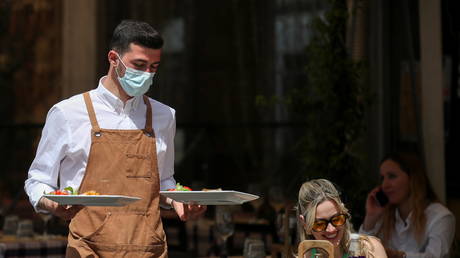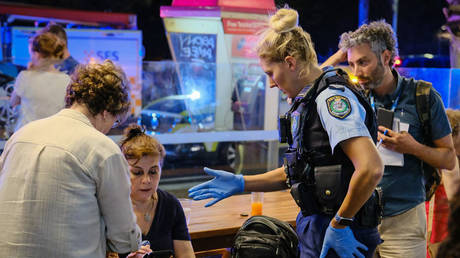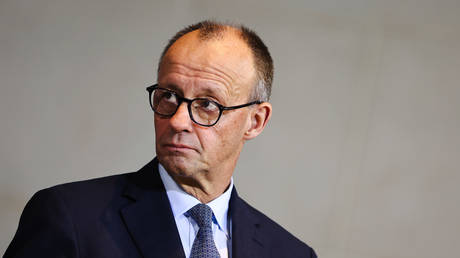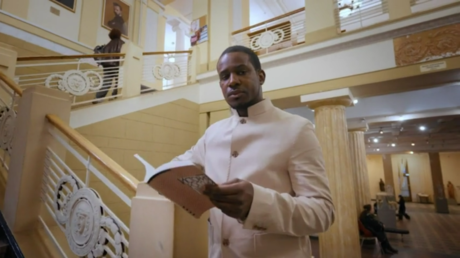
Three-quarters of Italy have begun to ease Covid measures as the nation starts to emerge from months of lockdown after regional governments and residents protested continued restrictions amid a deepening recession in the country.
Italian Prime Minister Mario Draghi admitted that the decision, coming a couple months after he took office, was a “calculated risk” but will hopefully allow the country to return to normal and help its economy recover.
Three-quarters of regions will move to the low-risk ‘yellow’ level, allowing bars and restaurants to reopen with outdoor service and cinemas, and concert venues will be permitted to operate with reduced capacity. Despite the easing, a 10pm curfew will still be in operation.
While other nations, such as the United Kingdom, have waited until cases and deaths have been significantly reduced to ease lockdown, Italy has made the move despite around 13,000 new infections and 322 fatalities being reported on Sunday.
Draghi’s government has been pressured to ease Covid restrictions around the country amid anti-lockdown demonstrations in regional parts of Italy. Recent weeks have seen protesters and police clash in the streets as angry business owners opposed restrictions against opening shops that have suffered from months of being shut.
The easing of the lockdown is occurring as Draghi presents the Italian parliament with the European Union’s proposed recovery plan, which the country hopes will pull it out of its worst recession since World War II.
In the past year, Italy, which was the first European country to suffer from the impact of the pandemic, has seen its economy shrink by 8.9%, losing millions of jobs. The EU plan is set to increase its growth by 3.6% by 2026.
The Italian government has called the EU recovery plan a “historical intervention” that will fix “the structural weaknesses” of the nation’s economy, rebuilding it for an “ambitious programme” of sustainable recovery.
Think your friends would be interested? Share this story!




